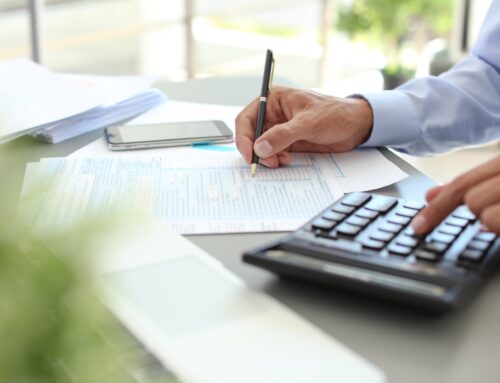In general, people spend considerably more than necessary. We spend money without even realizing how much we are spending. We leave the water running and our water bill goes up, or we buy an extra cup of coffee, or whatever little thing it may be. Overall, we spend money in unnecessary ways without realizing it. An easy way to save some money is to avoid this unnecessary spending. That is easier said than done. So many times, we spend the extra dollar without giving it a second thought.
In order to spend money only where it is needed, it is important to prioritize. Everyone needs to prioritize spending (unless you are the federal Government, then you can just spend as much as you want, whenever you want). As for the rest of us, we need to prioritize and budget. Prioritizing helps you save money while still getting the necessities. One way to find out what you really need and what is most important to you is to cut your lifestyle down to the bones.
If you feel you spend more than you should, this week I challenge you to go extreme. Try to get by on as little as possible and save as much as you can. At the end of the week think about how much you have saved. Of course, I am not telling you that you need to live in this extreme state of money saving, but it is a good experiment to see how much you or your family spends that could be saved.
Here are 10 easy ways you can cut back and save
1. Make your own coffee
The average working American spends over $1,000 annually on coffee from coffee shops, according to Time magazine. A medium latte at your local coffee shop is around $5. A couple lattes start to add up. An easy way to cut back on your coffee cost is to make coffee at home. A one-pound bag of coffee brewed at home makes about 40 cups of coffee. A bag of coffee costs about $12. That comes to about $0.30 a cup. What an easy way to save!
2. Walk or take a bike
Gas is not cheap. It is most likely a necessity, and we can’t cut it out altogether, but when possible, saving gas is worth it. If your destination is within walking or biking distance, it may be your best option. This will save you money on gas and be great exercise.
3. Turn off the TV
Turning off your TV when you aren’t really watching will lower your electric bill. This is the obvious money saver from turning off the TV. However, a study done by The Simple Dollar shows that turning off the TV will also save you money by lowering your exposure to advertising. Even if you are not actively watching TV you are susceptible to the advertising. You are likely to spend more money if you leave your TV on all the time because you are seeing more tempting advertisements than if the TV were off.
4. Use coupons
Do not underestimate the power of coupons. Even if a coupon only saves you ten cents here or there, that will start to add up and you can save more than you would expect. It also creates a habit of saving. Pay attention to the coupons you receive and use them when possible.
5. Stick to a list when shopping
Whether it is at the grocery store or at the mall, it is a good idea to make a list of the things you need and only buy those things. Sticking to a list will stop you from expensive impulse buys that you don’t really need.
6. Eat at home
According to Business Insider, almost 50% of the money the average American spends on food annually is spent eating out. Eating out is typically two to three times more expensive than eating at home. The average American could save $2,000 dollars a year by eating at home. It is fine to go out every now and then, but it becomes dangerous when we let this become the norm. Keep track of how much you are eating out and how much you are spending and cut back as much as you can.
7. Bring food
Building on that concept, bringing food with you will help you save on food. If you aren’t at home, you are likely to go to a restaurant or buy a snack at a vending machine if you don’t have food with you. The Simple Dollar says that working Americans often go out for lunch at work and spend much more than they would have if they had brought a bag lunch.
8. Fix what you have
When something breaks, fix it. It is typically cheaper to repair something or pay for it to be repaired than to buy a new one. Look into the price difference between the repair and buying new and make the best decision.
9. Turn off or turn down anything you aren’t using
Turn off your lights, water, air conditioning, computer, or whatever else may be running while you aren’t using it. Turn down your heat. These things raise your bills without you even realizing they are on. Turning things off or unplugging things while not in use will save you more than you’d expect. Studies show that simply turning off your computer at night can save you $100 annually. The more you turn off, the more you’ll save.
10. Make a budget
The best way to save money is to make a budget. This lets you see your expenses and make a plan for the future. A budget works as a guide to help you meet your expenses while saving by not spending unnecessarily.
There are many other ways that you can cut back and save, but these ten can help to get you started and you may find that they are easier to keep up than you thought.
After the experiment find a happy medium. Learn to live on less without having to go to extremes. You will find that you can save some money and not really notice a difference in your life style. Saving a little in many different aspects of your life will add up to let you spend money on the things you really need and want.



